Europe’s famous wine regions like Bordeaux, Tuscany, and Rioja often get all the spotlight, but there’s a lot more sipping to be done beyond the usual suspects. Scattered across the continent are smaller, quieter regions where wine is just as rich, and the views are sometimes even better.
These hidden gems serve up tradition, personality, and fewer crowds—all while serving world-class wines. Whether you’re into reds, whites, or sparkling bottles, there’s something here that’ll surprise you. Here is a list of 17 wine regions in Europe that deserve a lot more attention than they get.
Istria, Croatia
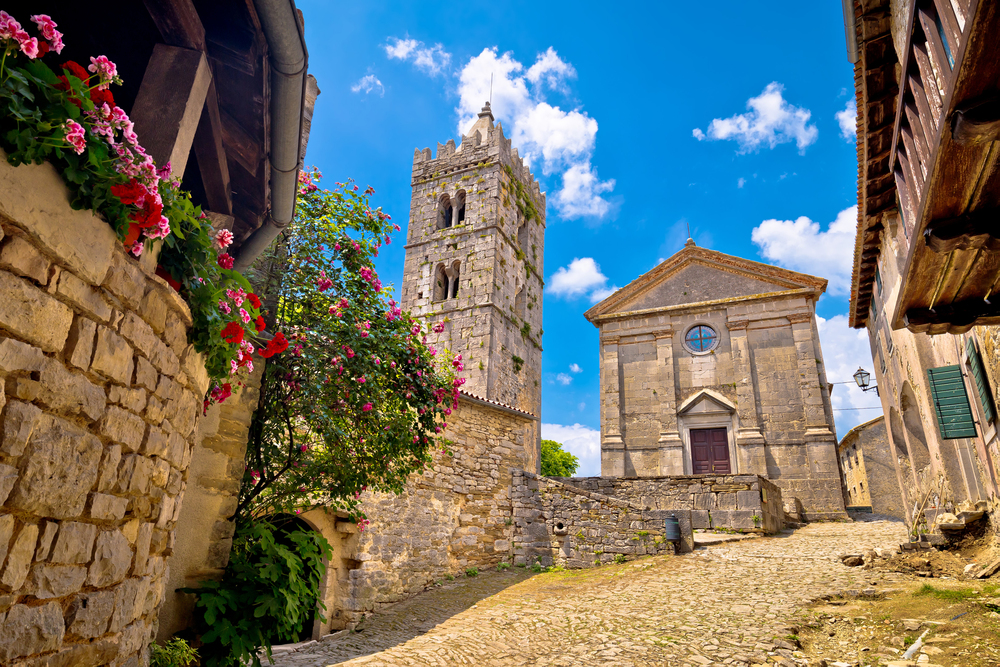
This peninsula tucked into Croatia’s northwest coast is packed with vineyards, olive groves, and medieval hill towns. The region is best known for Malvazija, a crisp white wine that pairs perfectly with Istrian seafood and truffle dishes.
Local producers still use traditional amphorae and small-batch methods, giving the wines a personal touch. With a coastal breeze and a hint of Italian influence, Istria feels like a laid-back cousin to Tuscany—minus the crowds.
Jura, France

Jura sits quietly between Burgundy and Switzerland, yet it offers some of the most intriguing wines in the country. Known for its oxidative Vin Jaune and the rare Savagnin grape, the region appeals to adventurous palates.
It’s also the birthplace of Comté cheese, making wine pairings an easy win. With snowcapped peaks in the distance and storybook villages dotting the landscape, Jura feels like a secret you’ll want to keep to yourself.
Like Travel Pug’s content? Follow us on MSN.
Alentejo, Portugal
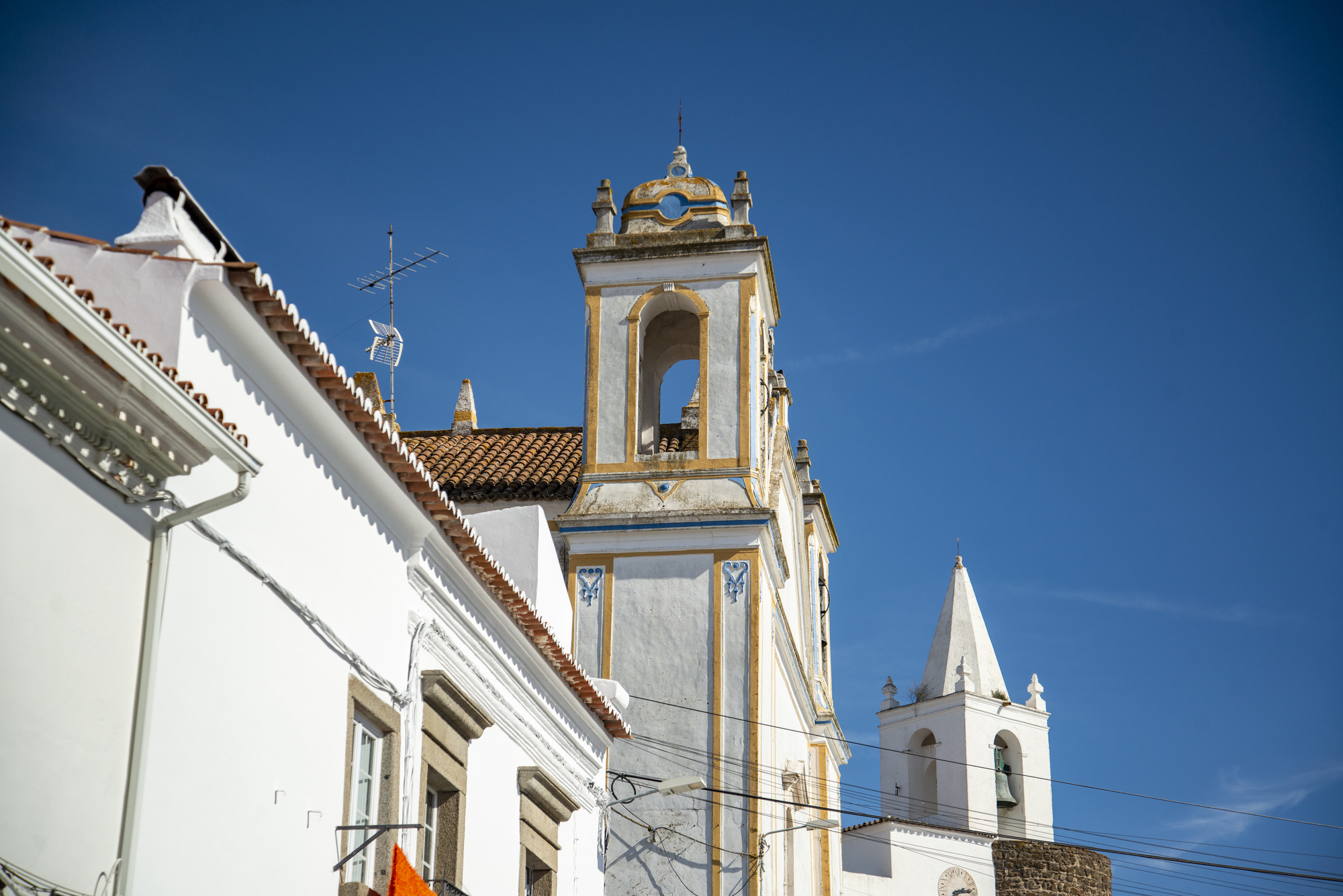
Covering a third of Portugal, Alentejo is a land of rolling plains, cork trees, and sunshine-soaked vineyards. The wines here tend to be rich, earthy, and bold—especially the reds made from Aragonez and Trincadeira.
Small family estates mix modern techniques with deep-rooted traditions, creating approachable wines with real character. Between tastings, you’ll stumble upon Roman ruins and sleepy whitewashed towns that haven’t changed in decades.
Vipava Valley, Slovenia

Wedged between the Julian Alps and the Adriatic Sea, the Vipava Valley produces fresh, elegant wines with a strong local identity. Burja winds blow through the valley, cooling the vines and extending the growing season.
Local winemakers favor native grapes like Zelen and Pinela, offering flavors you won’t find elsewhere. The vibe is rustic and welcoming, with cellars often doubling as someone’s backyard gathering space.
Moravia, Czech Republic
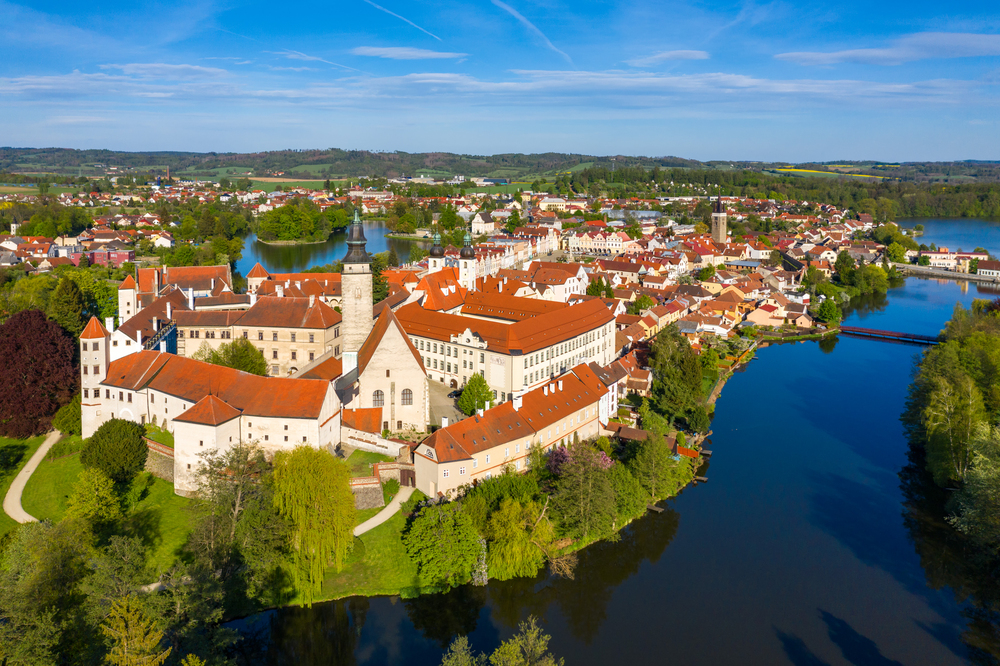
South Moravia may not be on every wine lover’s radar, but it’s quietly earning praise for its crisp whites and expressive sparkling wines. The region is rich in limestone soils, which lend minerality to grapes like Grüner Veltliner and Welschriesling.
Wine cellars here often line up in little colorful rows called “wine streets”, and tastings feel more like neighborhood hangouts. Add in castles and sunflower fields, and you’ve got a postcard-ready backdrop for sipping.
Like Travel Pug’s content? Follow us on MSN.
Valle d’Aosta, Italy
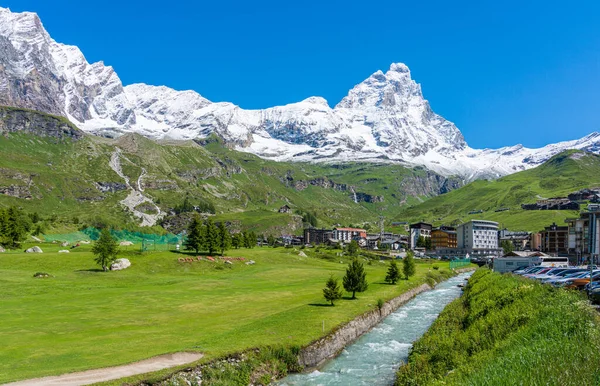
Tucked up near the French and Swiss borders, Valle d’Aosta grows wine on steep alpine terraces that defy gravity. The cooler climate helps create lean, fragrant reds and high-acid whites that stand out in a country known for bold wines.
Grapes like Petite Arvine and Fumin thrive here, offering something distinct with every pour. This mountain region is quiet, rugged, and about as far from touristy as it gets.
Carnuntum, Austria

East of Vienna, Carnuntum doesn’t get the fame of Wachau or Burgenland, but its wines are no less impressive. The region blends old Roman history with forward-thinking winemaking, especially when it comes to reds like Zweigelt and Blaufränkisch.
Soil diversity and temperature shifts bring complexity, while small producers keep quality high. Plus, Vienna’s proximity means you can do the city and the vineyard in one weekend.
Naoussa, Greece
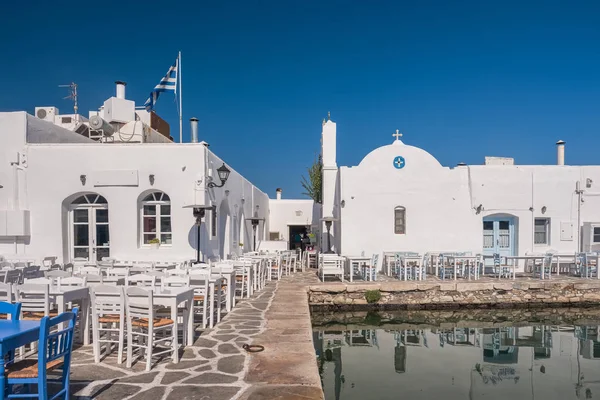
This northern Greek region centers around the Xinomavro grape, known for its high tannins and long aging potential. Often compared to Nebbiolo, these reds can be surprisingly structured yet still juicy.
Naoussa’s high-altitude vineyards provide the perfect growing conditions, balancing ripeness with acidity. It’s also one of Greece’s most beautiful inland areas, combining dramatic mountains with centuries-old monasteries.
Like Travel Pug’s content? Follow us on MSN.
Tenerife, Spain
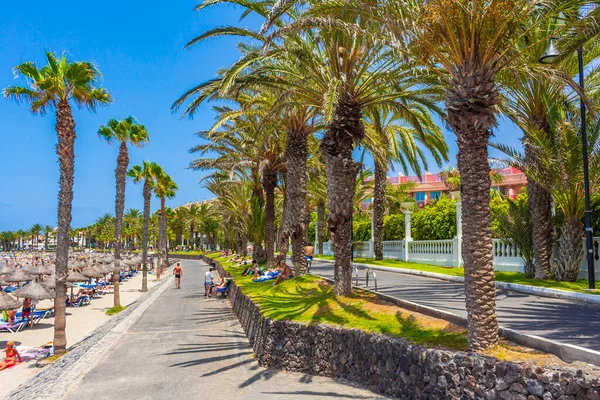
The volcanic soil on this Canary Island produces wines that are truly out of this world—smoky, mineral-driven, and full of texture. Vines are trained low to the ground in strange, circular patterns to protect them from the island’s strong winds.
Indigenous grapes like Listán Blanco and Listán Negro dominate the scene, each bottle offering a unique taste of the island. With ocean views and black sand beaches nearby, you’ll forget you’re even in Europe.
Baden, Germany
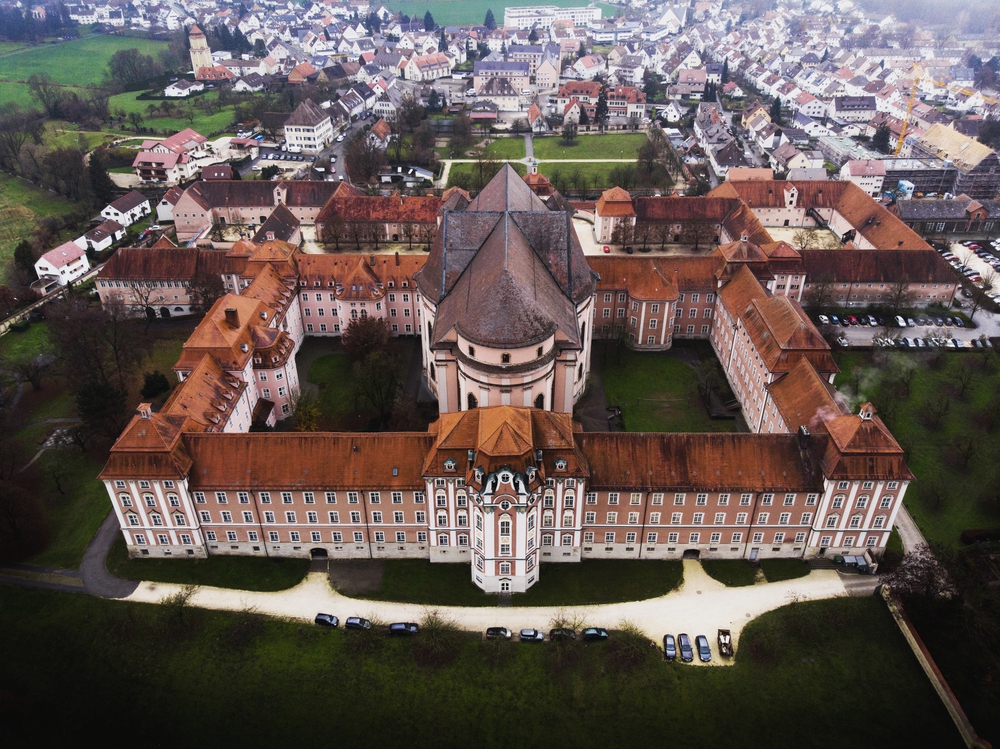
Often overshadowed by the Mosel and Rheingau, Baden is Germany’s sunniest wine region—and it shows in the glass. Known for its Pinot Noir (Spätburgunder), the area produces fuller-bodied reds that challenge old stereotypes about German wine.
The Black Forest provides both scenic views and natural cooling, creating a balanced environment for viticulture. It’s a great place to explore hearty food, spa culture, and serious reds all at once.
Ticino, Switzerland
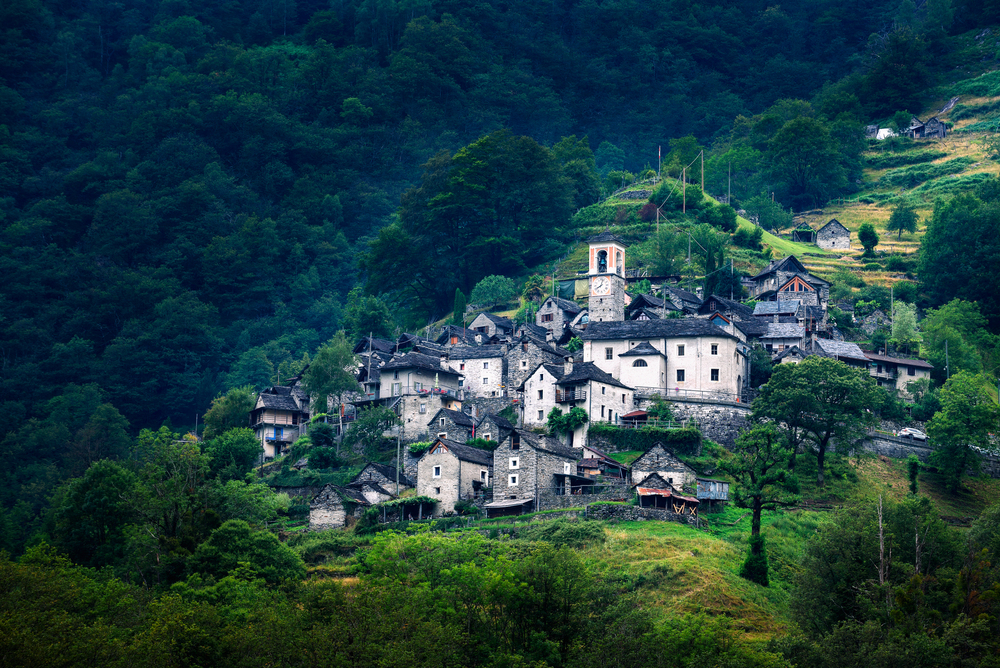
This Italian-speaking region in southern Switzerland leans into Merlot in a big way, making both red and white versions of the grape. The climate here is surprisingly warm, giving the wines a soft, fruit-forward quality that feels more Mediterranean than Alpine.
Vineyards cling to steep hillsides, and many producers farm organically or biodynamically. Ticino brings Swiss precision with Italian soul, and that mix shows up beautifully in the glass.
Like Travel Pug’s content? Follow us on MSN.
Thracian Valley, Bulgaria

With winemaking roots going back thousands of years, the Thracian Valley is quietly staging a comeback. Indigenous grapes like Mavrud and Rubin are getting a modern touch, producing reds with body, spice, and aging potential.
The region’s diverse soils and favorable climate allow for a wide range of styles. Beyond wine, you’ll find Roman ruins, fortress towns, and warm hospitality that’s hard to beat.
Bekaa Valley, Lebanon
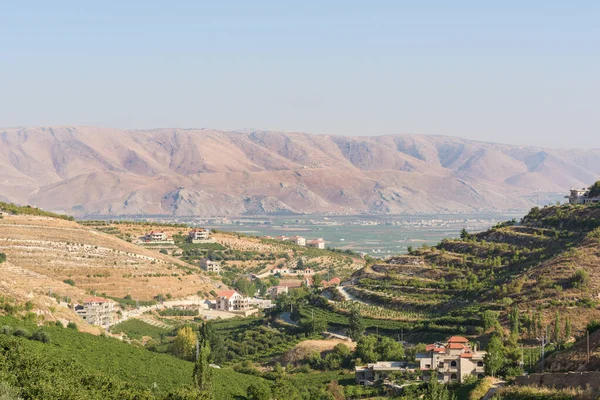
Though not technically in Europe, the Bekaa Valley deserves a mention due to its Mediterranean influence and long-standing ties to European wine culture. Its high-altitude vineyards produce powerful reds and fresh whites that thrive under hot days and cool nights.
Chateau Musar put the region on the map, but smaller producers are now offering equally compelling bottles. The landscape, dotted with Roman temples and cedar forests, feels both ancient and alive.
Liguria, Italy
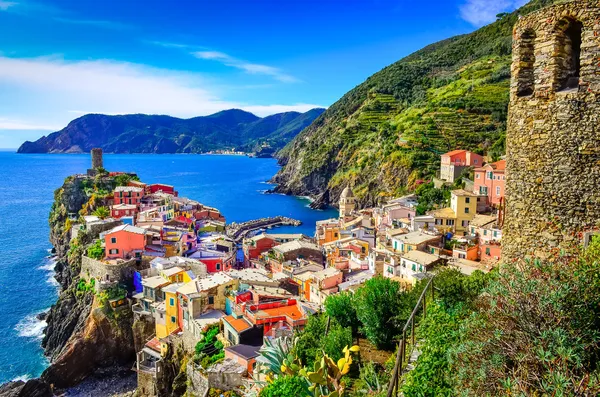
This narrow coastal strip between France and Tuscany produces white wines that are as crisp and salty as the sea breeze. Vermentino thrives in the rocky soil, delivering citrusy flavors with a savory finish that makes it ideal for seafood.
The vineyards are often carved into cliffs, making harvests labor-intensive but worthwhile. Liguria combines wine with coastal charm in a way that’s easy to fall for.
Like Travel Pug’s content? Follow us on MSN.
Sète and Languedoc Coast, France
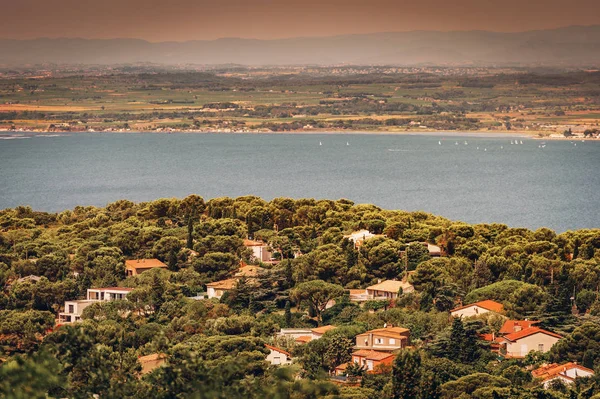
Long known for bulk wine, this part of southern France is undergoing a quiet revolution. Natural winemakers are leading the charge, experimenting with minimal intervention and obscure varietals. The Mediterranean climate allows for creative blending and bold flavors.
Towns like Sète have become hip coastal retreats where wine flows freely and nobody takes themselves too seriously.
Kakheti, Georgia
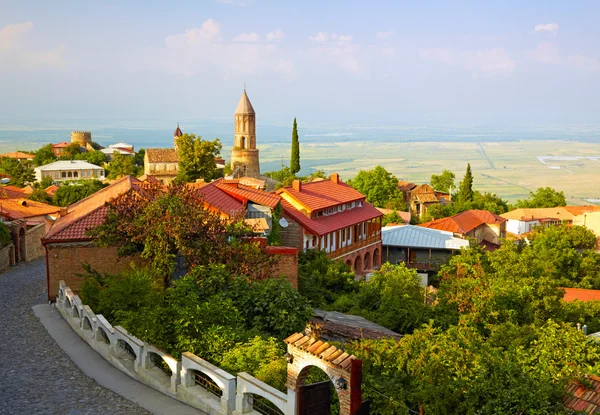
Georgia’s wine scene is ancient, but Kakheti is where things start to click for modern drinkers. Traditional qvevri (clay vessel) wines made from grapes like Saperavi and Rkatsiteli offer deep, earthy flavors with a wild streak.
The region feels raw and authentic, with every vineyard visit including homemade bread, cheese, and plenty of toasts. It’s not polished, but that’s part of the charm.
Brda, Slovenia
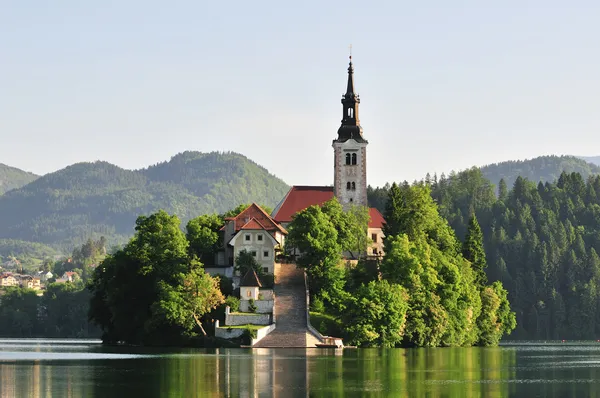
Brda shares a border—and a grape culture—with Italy’s Collio region, yet remains less explored. The wines are elegant and mineral, often from Rebula or Merlot grown in marl-rich soil. Rolling green hills and tiny villages make it a peaceful escape, while the wine scene feels both refined and grounded.
It’s a place where winemakers are both artists and farmers, and it shows in every bottle.
Like Travel Pug’s content? Follow us on MSN.
Europe’s Best Sips You’ve Never Heard Of

These lesser-known regions remind us that wine isn’t just about prestige labels or well-worn routes—it’s about place, process, and personality. The landscapes are just as intoxicating as the bottles, and the people behind the labels are often hands-on craftsmen with generations of knowledge.
Exploring these spots offers a fresh way to experience Europe—away from the crowds but full of richness. The more you taste, the more you realize that greatness often hides in the quieter corners.
More from Travel Pug

- 20 Best Beach Towns in the Carolinas
- 13 Destinations Where Tourists Regularly Regret Their Trip
- 20 Things You Actually Get in First Class
- 20 Small Airports With Aviation Museums
- 20 Places in the U.S. That Are Perfect for a Reset Trip
Like Travel Pug’s content? Follow us on MSN.
